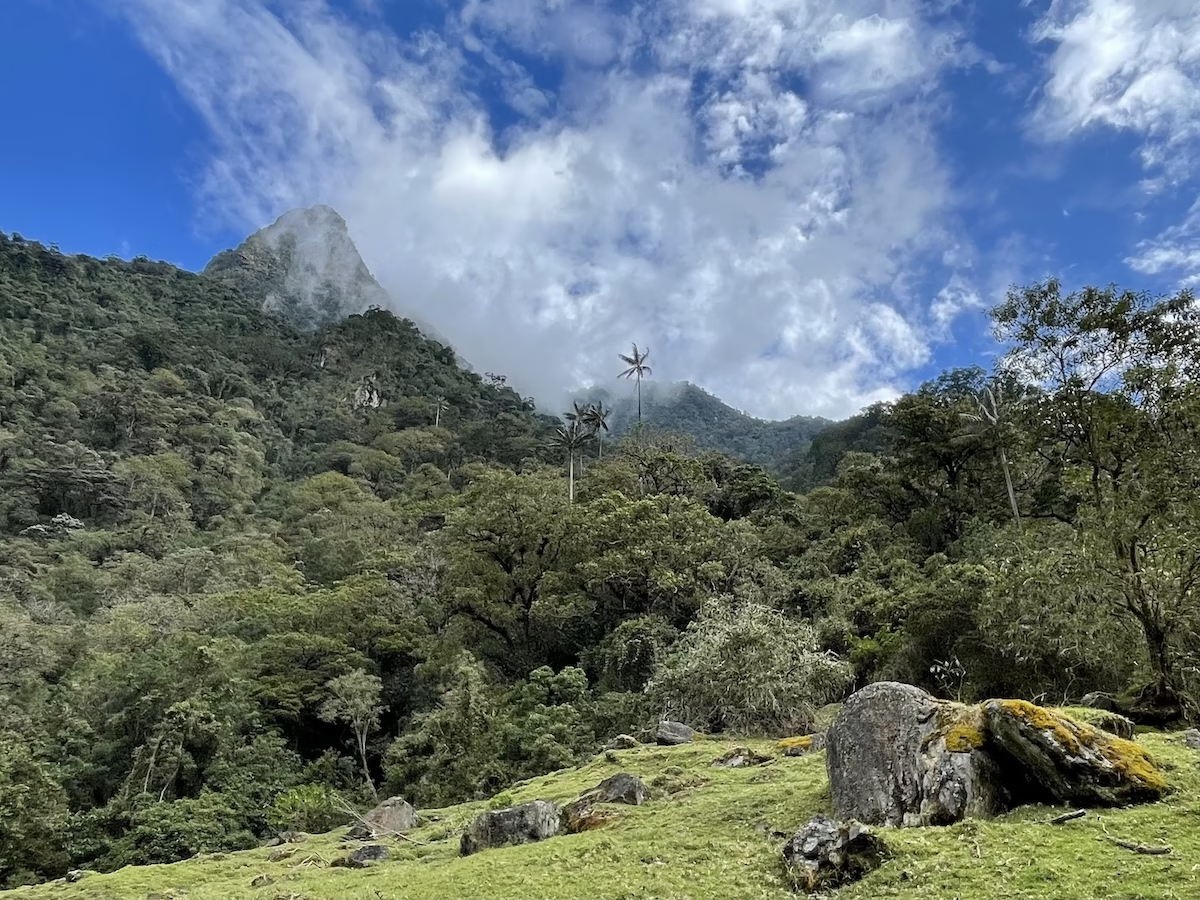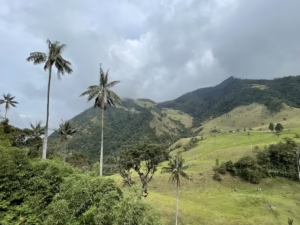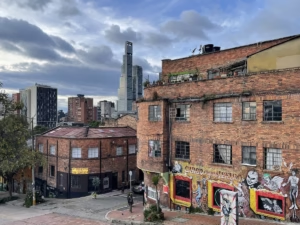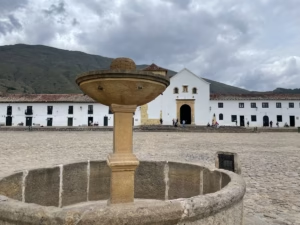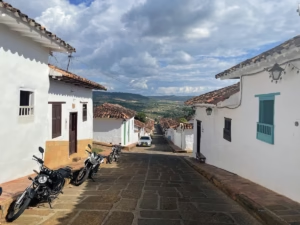If you’re planning a trip to Colombia, you’ve probably already heard about the towering Quindío wax palms. These enormous palm trees are an emblematic symbol of country. You also might have seen them in that movie Encanto. Every year, thousands of tourists visit the small town of Salento in order to hike in the nearby Cocora Valley and look at these majestic palm trees themselves.
Salento, however, has a lot more to offer than just the Valle de Cocora and its tall palm trees.
While it is quite touristy, Salento is also a colorful village filled with adorable, brightly colored houses. It’s situated in the middle of Colombia’s coffee axis, the eje cafetero, and is a great place to see how coffee is grown. Or have a cup while admiring the landscape.
Salento also has more hiking options beyond the Cocora Valley. Mainly, one spot I’ve never seen mentioned in any other English language travel guide. You’ll have to keep reading to find out about it, though, because I’m trying to psychologically manipulate you into reading this entire blog post.
I tend to be disappointed by over-hyped tourist spots, but I loved Salento. It’s one of those rare over-hyped tourist spots that’s popular for a good reason.
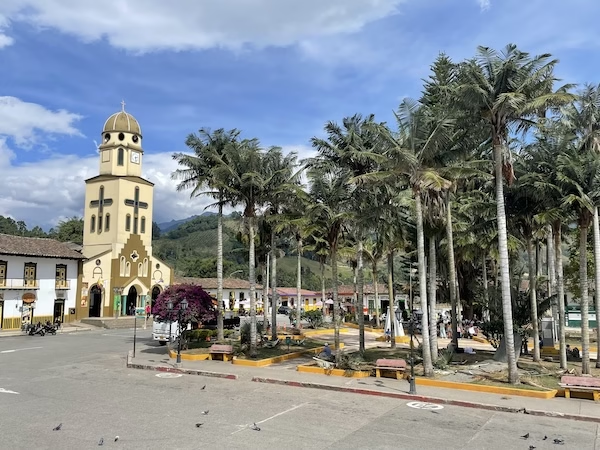
What to Know Before Visiting Salento
Salento is a small town in Colombia’s Quindío department. The town is located up in the mountains and has a cool, pleasant climate. That pleasant climate makes the area perfect for growing coffee, and you’ll see coffee plantations clinging to the hillsides throughout the region.
The town became a tourist hotspot due to its proximity to the famous Valle de Cocora. The Cocora Valley is known for the towering palm trees, the Quindío wax palm. This unique tree only grows in the Andean highlands of Colombia and parts of northern Peru. The tree is rare and often victim to deforestation. It’s considered a vulnerable species.
The wax palm, however, is one of Colombia’s national symbols and is legally protected. We heard stories, however, of enterprising poachers finding ways around this. Since they can’t cut the trees down legally, they’ll ram into them with a tractor or something to “accidentally” knock the tree over. Salento’s tourism industry has actually helped protect the trees. Tourist dollars coming into the Cocora Valley area to see these trees are much more valuable than the wood from the wax palms.
Salento’s tourism can get a little overwhelming on weekends. Crowds pack the streets on Friday and Saturday nights, and Calle Real in particular can feel claustrophobic. Luckily, things calm down a few blocks away, as most tourists don’t seem to be willing to walk more than a block for some reason. On Monday, the crowds leave and Salento returns to life as a calm, quiet, little mountain town. I’d suggest visiting during the week if you can.
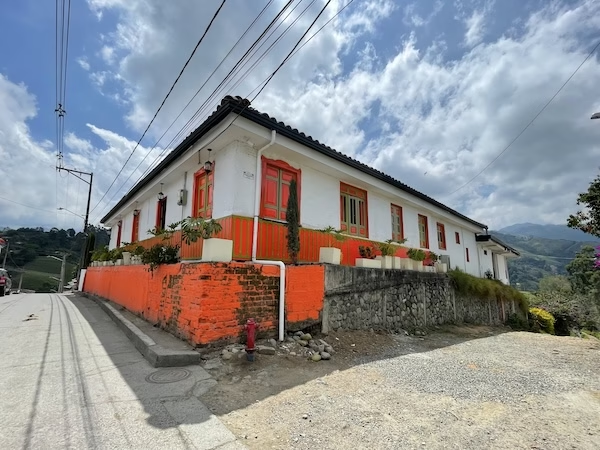
Transportation To and From Salento
Salento is well connected to the rest of Colombia and pretty easy to get to. The bus rides are long, but worth it. The bus takes about 7 hours from Medellín, and about 8 hours from Bogotá. It’s also about 7 or 8 hours from Jardín, which is strange since Jardín is so much closer. That’s mountain roads for ya. Salento’s bus station is located on the edge of town, down the hill. Be prepared to haul your luggage uphill no matter where in town you’re staying.
I had good luck using RedBus to buy long-distance bus tickets online in Colombia.
If you want to fly, the nearest airport to Salento is in Armenia. Armenia is only about a 45-minute drive, so you could theoretically take a taxi if you happen to be made of money. Or you could fly to Armenia, take a taxi to the bus station and then bus for an hour to Salento and donate that extra money to me.
Salento is small and you can walk almost anywhere you’d want to go. Except for the Cocora Valley. (You’ll want to save your energy for hiking in the valley itself, anyway.) To get to the Cocora Valley, you’ll have to take one of the Willy’s Jeeps that congregate around Salento’s main plaza. They’re pretty easy to find and make the trip to the Cocora Valley pretty regularly. The jeeps leave when they’re full, though the definition of “full” might be different than what you’re used to. You might end up making the trip standing in the back, hanging on for dear life.
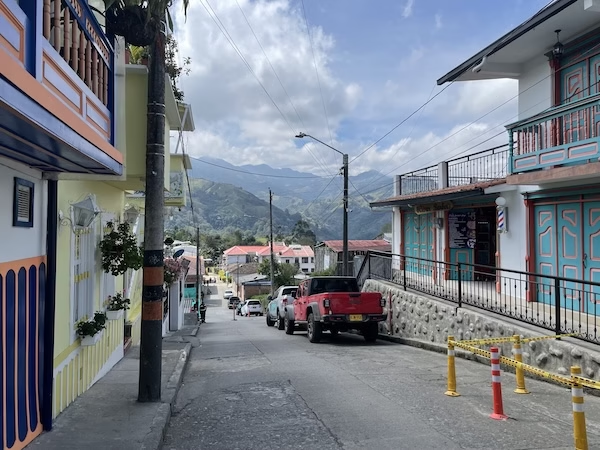
Where to Stay in Salento
Salento is a popular town with a variety of accommodations. I would say the most important thing is to make sure you avoid the area around Calle Real, which gets rather loud and crowded, especially on weekends. We stayed in two different places and I would recommend both of them.
Hostal Bamboo is a small hostel a little-ways outside of town in an area surrounded by new housing developments and what look like short-term rentals. However, it was a pretty nice little place and very reasonably priced. There’s a shared kitchen and a fantastic terrace with a lovely view of the nearby mountains. You can click here to book a stay at Hostal Bamboo.
Posada Martha Tolima, on the other hand, felt like more of a classic guest house or bread and breakfast kind of place. The rooms were cute and quirky, and the owners were a lovely local family. Although the hotel is located two blocks from the main plaza, it was a quiet street. I’d say it was even a little romantic. Click here to book a stay at Posada Martha Tolima.
As always, if you book using one of the above links, you’ll be supporting this website at no extra cost to you.
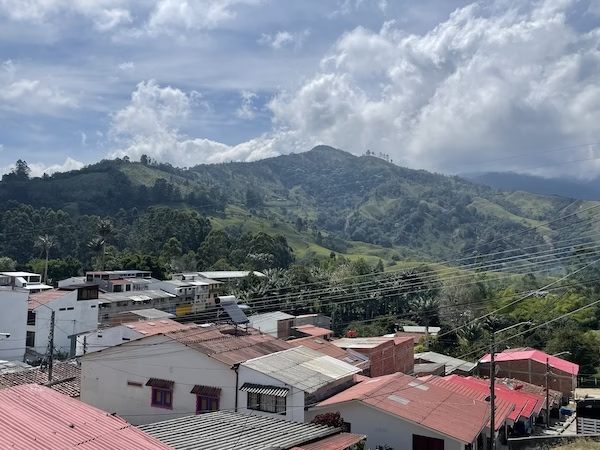
On one of the most fun, but also most stressful, aspects of travel is finding and booking places to stay. These days you have options ranging from dirt cheap hostel dorms to luxurious White Lotus style resorts. Thankfully, the internet is here to make finding accommodation easier.
Hostelworld is the go to app for finding hostels. For everything else, there’s Booking.com. If you book through either of the previous links, I’ll gain a small commission at no extra cost to you.
The Best Things to Do in Salento
Salento has a lot of things to do. Most of those things involve a fair amount of walking. Make sure you pack decent shoes and keep up with those hamstring stretches. After you’ve spent the day walking till your feet are full of blisters and you can’t take another step, you’ll also find plenty of restaurants and bars and coffee shops in town.
I usually like to travel and do activities independently, but sometimes you want to relax and let someone else take over. For those times, I suggest using Get Your Guide. Prices are reasonable and they have numerous tours available. Click here to explore options in Colombia. Tours booked through these links help support this blog at no extra cost to you.
Hike the Cocora Valley
The main reason everyone comes to Salento is the magnificent Cocora Valley. While there’s more to Salento than just this famous hike, it’s also a pretty good hike and one you shouldn’t miss. In fact, the Cocora Valley, or Valle de Cocora, might be one of my favorite hikes I’ve ever done. The trail passes through green pasture, groves of Quindío wax palms as well as lush cloud forests under the shadow of majestic mountains.
As I mentioned before, you’ll have to catch a jeep to reach the valley. Just walk to the plaza and you’ll probably be approached by a driver heading to the Cocora Valley. The drive itself is also pretty spectacular.
I suggest waking up early, just to be sure you give yourself time but also to catch the morning mountain mists and avoid the crowds. However, you’ll still probably see some crowds. In fact, you might arrive at the entrance to the Cocora Valley and think to yourself “is this it?” I did.
The entrance is packed with tourists, overpriced restaurants and tacky souvenir stalls. The start of the trail is filled with gardens, but also somewhat gaudy fiberglass structures. It feels like an attempt to build a sort of Cocora Valley Disneyland.
Thankfully, that all fades away pretty quickly. Start walking down the trail and you’ll find the crowds dissipate. You’ll soon be alone with nothing more than the trees, tropical birds and maybe a horse. It’s fantastic.
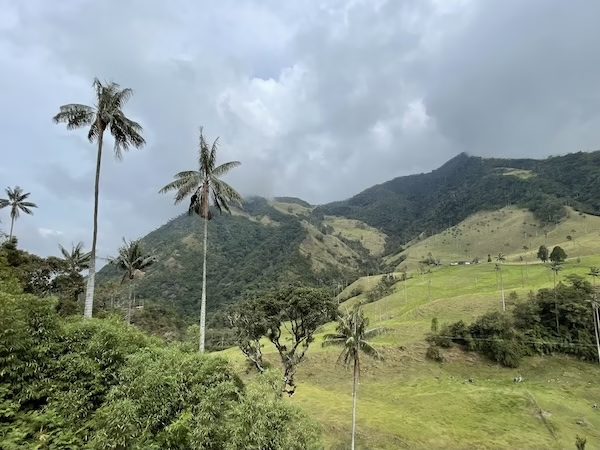
The Cocora Valley Trail
The trail itself is considered difficult. I’d agree with that. It’s about six miles (9.6 km) total. Much of it is steep and muddy. The estimated hiking time is four to five hours, but I believe it took us more like six or seven. I like to go slow, though.
The entire Cocora Valley trail is a loop, and you’ll have to choose whether you want to go left or right. If you go left (clockwise) you’ll have an easier time going up, but have to scramble down a steep downhill incline towards the end. If you go right (counter clockwise) you’ll have to deal with that intense struggle uphill towards the beginning, but spend most of the rest of the hike walking downhill. We intended to take the counter-clockwise route, but ended up going the opposite way. I have no regrets.
Make sure to bring enough water and some snacks. Obviously good hiking shoes or boots and a light rain jacket. Hiking poles would’ve been helpful, too. I’d also suggest binoculars if you’re a bit of a bird nerd. We saw tanagers, green jays, parrots and even a trogon. It was fantastic.
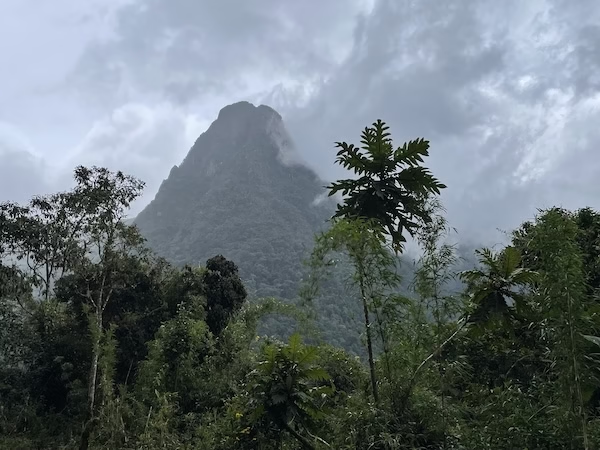
Tour a Coffee Farm
Less majestic than the Valle de Cocora and the towering wax palms, but perhaps more important on a day-to-day basis, is the coffee. If you like coffee, visiting a coffee plantation and seeing the whole process of how this magic bean is grown and processed is a must-do activity in Salento.
Salento is in the middle of Colombia’s famous eje cafetero, a region of cool highlands that are perfect for coffee growing. You might remember those commercials featuring corporate marketing amalgamation Juan Valdez riding a donkey and drinking coffee. Salento is basically Juan Valdez’s hometown.
There are a number of coffee plantations you can tour in Salento. We went with Ocaso Farm’s, which seems to be the most popular. It was also pretty fun. We not only got an explanation of the coffee growing process, but we even got to pick some of the beans ourselves, which was cool. And, of course, we got to sample a free cup at the end.
Ocaso farms is also located just outside of Salento. You can take a jeep or taxi, but it also makes for a nice walk from town. Just keep walking southwest down Carrera 5.
Ocaso Farm’s official website has more information. While they offer tours in English, the English section of their site seems to be a bit wonky, however. You can also book a tour through Get Your Guide. Again, if you book using this link, I’ll get a small commission at no extra cost to you.
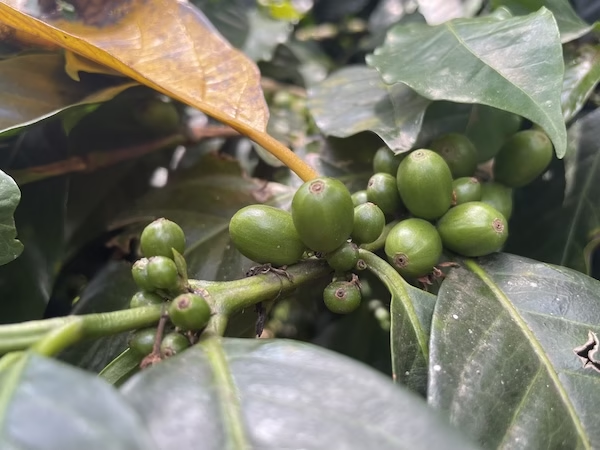
Wander Around Town and Walk Up to the Mirador
Salento itself is easily walkable, and quite photogenic. The center is filled with charming, colorful houses. There’s also a lovely church, and the main plaza, Plaza de Bolívar, is charming and lively. Like many Latin American towns, the plaza in Salento really is the center of the town. They hold all sorts of events and activities here. Once we saw a competition of who could load bags of coffee onto the back of a donkey fastest. Another time we saw a marching band competition. Sometimes, we saw people just hanging out and enjoying life.
Salento’s main tourist drag is called Calle Real, and it starts just off Plaza Bolívar. The street is packed with souvenir shops, restaurants, cafes and bars. Some of them are tacky, some are kind of cool. If you’re willing to embrace the toursityness of it all, you can have a fun time here. Calle Real gets packed on weekends, especially Friday and Saturday evenings.
Uphill from the tourist drag, you’ll find a series of steps leading up to the mirador, or viewpoint. There you’ll find a wonderful view of the town as well as a neat little park area. The way up is steep, but it’s still worth a climb for the views.
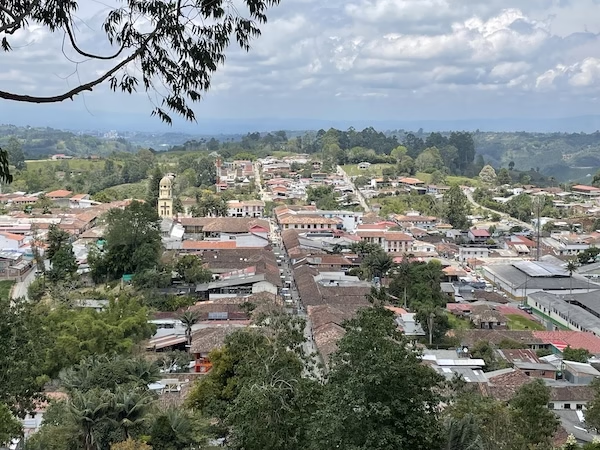
Hike to Salento’s Best Secret: the Santa Rita Waterfalls
Finally, I’ve been able to manipulate you into reading to this point. Now, you’ll discover Salento’s little secret. The hidden waterfalls they don’t want you to know about!
Okay, Santa Rita isn’t that much of a secret. And I doubt anybody is keeping the information from you. I’m just surprised that I never saw anything about them in any other English language guides to Salento. We found out about them from our hotel.
Finca Santa Rita is a short-ways from Salento, down the hill. You could take just about any bus going out of town, just get off at Boquia. You’ll find the road to Santa Rita just after the bridge. It’s also possible to walk there. In fact, it’s a nice walk.
Start at the end of Calle 7. You’ll head down a steep ravine, and share the trail with some local farmers. We had to move out of the way of a local guy leading his mule. You’ll come out of the ravine on the road. Again, look for the bridge, then head down the dirt road to Santa Rita.
Finca Santa Rita charges a small fee to enter. I don’t remember how much, but it isn’t going to break the bank. You’ll find numerous trails leading to the waterfalls, as well as swimming holes and cloud forest. You’ll also pass through some unused railroad tunnels which are kind of cool.
It ain’t no Cocora Valley, but it’s still quite pretty. You can also see some of the famous wax palms here, though they’ll be surrounded by vegetation. You might have a revelation of sorts when you see the palm fronds rising above the surrounding trees and think “so that’s why they’re so tall!”
Do be warned: the maps at Finca Santa Rita are a little confusing. We meant to do the easy trail the day after getting our butts kicked hiking in the Valle de Cocora. Instead, we ended up on the difficult trail, and they weren’t lying.
After that hike, we decided to catch the bus back into town.
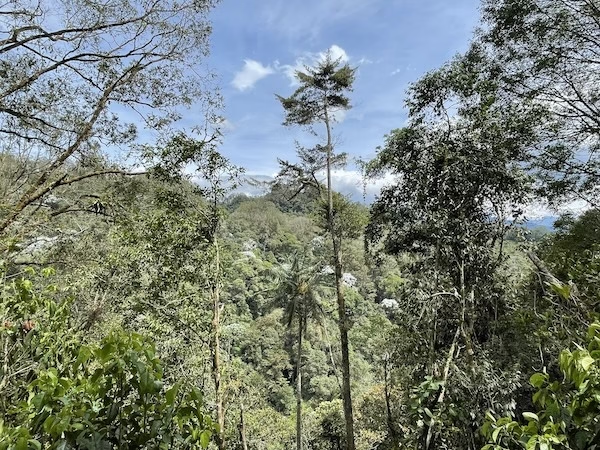
Final Thoughts on Salento
Salento is on just about everyone’s Colombia travel list. And it’s there for a reason. While the town is touristy, it still retains enough local charm to be endearing. And on weekdays, it slows down almost to the pace of the quiet mountain town it must have been before those first hipster backpackers set foot on Salento’s streets.
And, of course, there’s the Valle de Cocora. The Cocora Valley is popular for good reason. The trail still stands as one of my favorite hikes I’ve ever done. The lush green, the towering mountains, the tropical birds, and of course, the towering palm trees are all just magical.
Some tourists blow through Salento. They spend a night, hike the Cocora Valley, then take off. And while the above list of things to do might not seem super extensive, I think Salento has enough attraction to make it worth sticking around for a while. You came all this way, why rush? After you’ve done the hikes and toured the coffee farms, take some time to soak up Salento’s wonderful Colombian charm. You’ll also discover why Salento is one of those few popular travel destinations that actually deserves the hype.
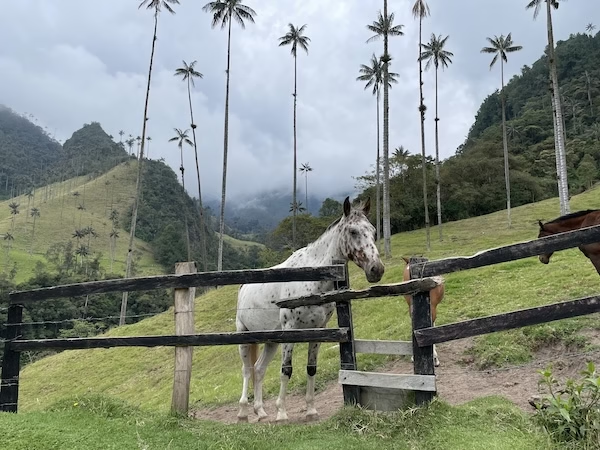
Click here to discover more not-so-secret secrets in Colombia: Covering Ground in Colombia: A Travel Guide to One of the World’s Most Magical Countries
Useful Websites for Traveling Colombia
As much as we might long for the days when you could show up to a town with nothing more than a beat-up guidebook and a sense of adventure, today much of traveling involves being glued to our phones making bookings. I’ve compiled some helpful apps and websites below that at least help make those bookings more convenient so you can spend less time staring at your phone and more time exploring at your surroundings. Some of these sites are affiliate links that give me a small commission at no cost to you if you chose to book through them. All of them are sites I’ve used personally and have no problem recommending.
Just be sure to do your due diligence as much as possible. Only hire local guides and try as much as possible to stay in locally owned hotels and hostels so that your hard earned travel dollars actually go to support the local economies of the places you visit.
Booking.com is basically the world’s only hotel booking website. They have hotels, guesthouses and vacation rentals all over Colombia.
Hostelworld is the go-to site for booking hostels. If dorm rooms and shared bathrooms are your thing, you’ll find hostels all over Colombia.
Get Your Guide offers tours and activities all around the world. Unlike some other sites and apps that do the same thing, you can actually find some reasonably priced deals here.
Red Bus is a super useful resource for booking long distance buses throughout Colombia. If only you could use the app to turn down the air conditioning on the night buses…
Cabify is the best way to book a taxi in Colombia’s major cities. It works like Uber, but you get connected to a licensed, authorized, taxi instead of just some random weirdo.

